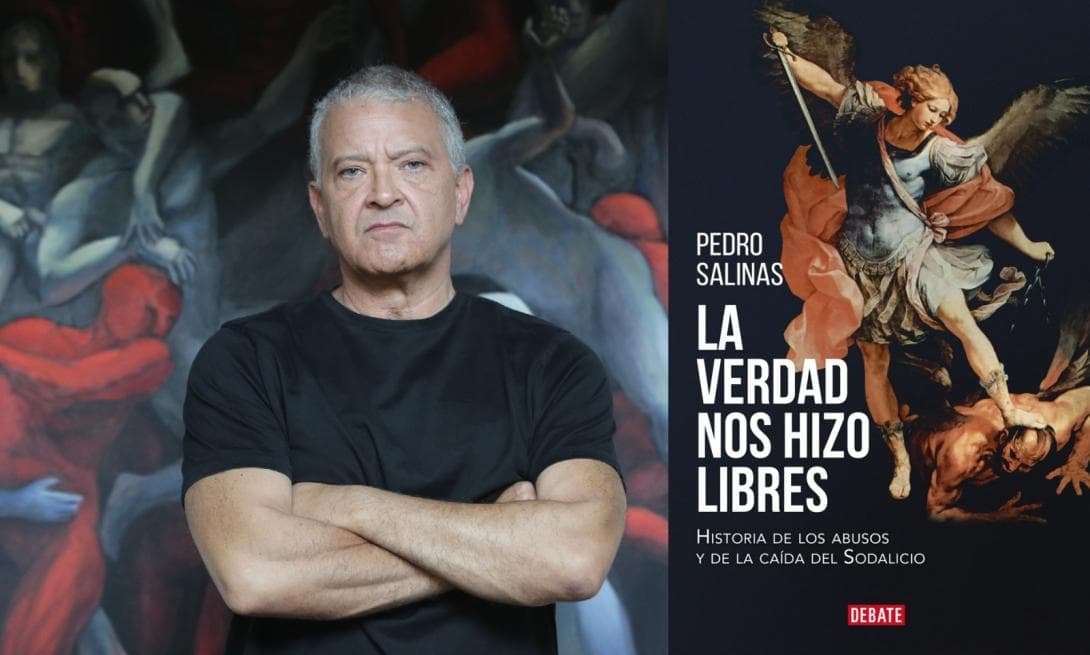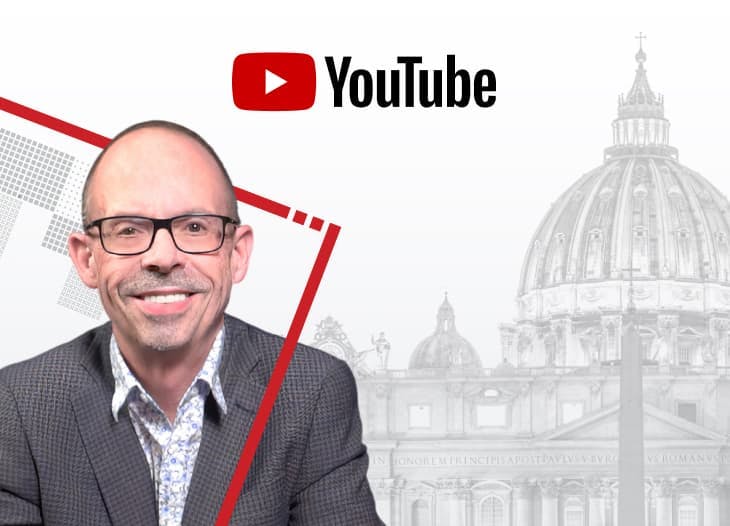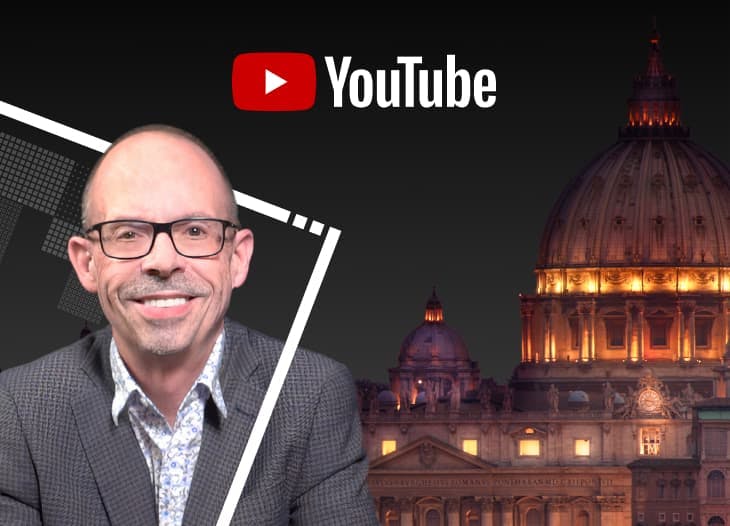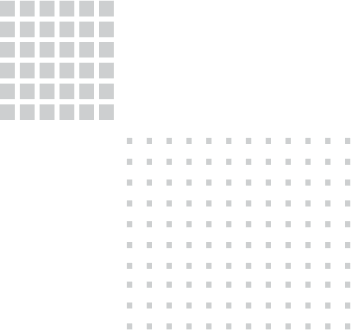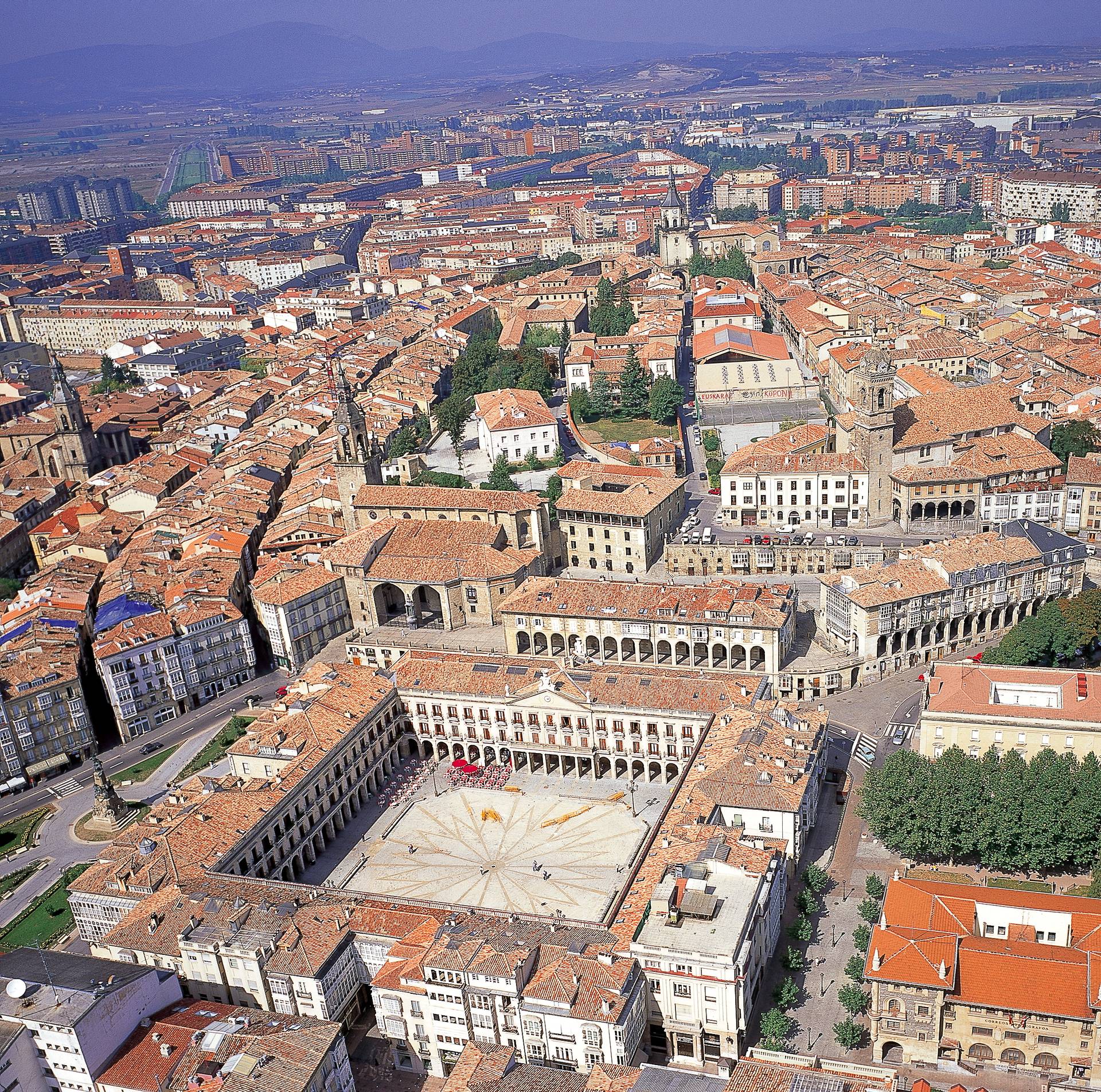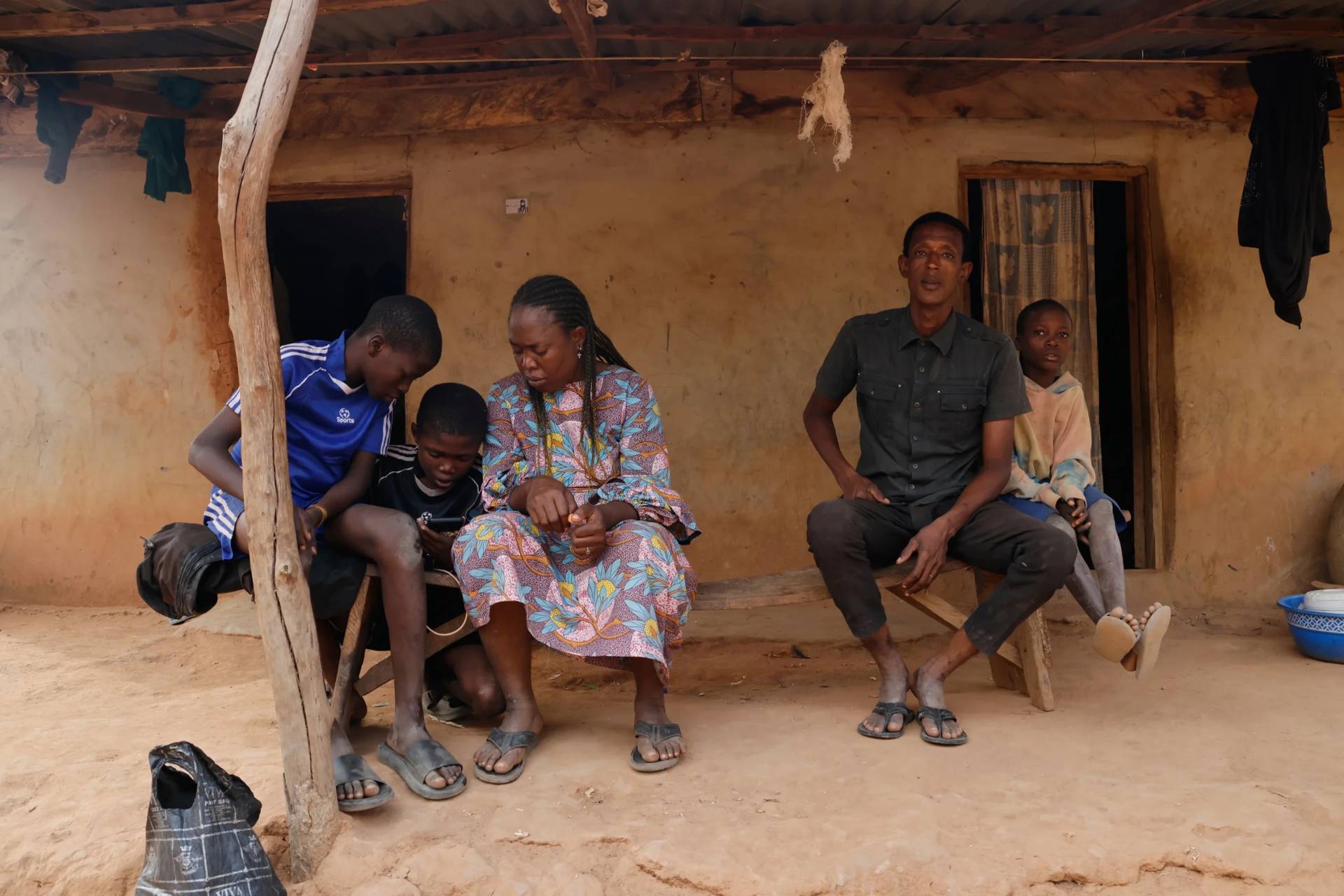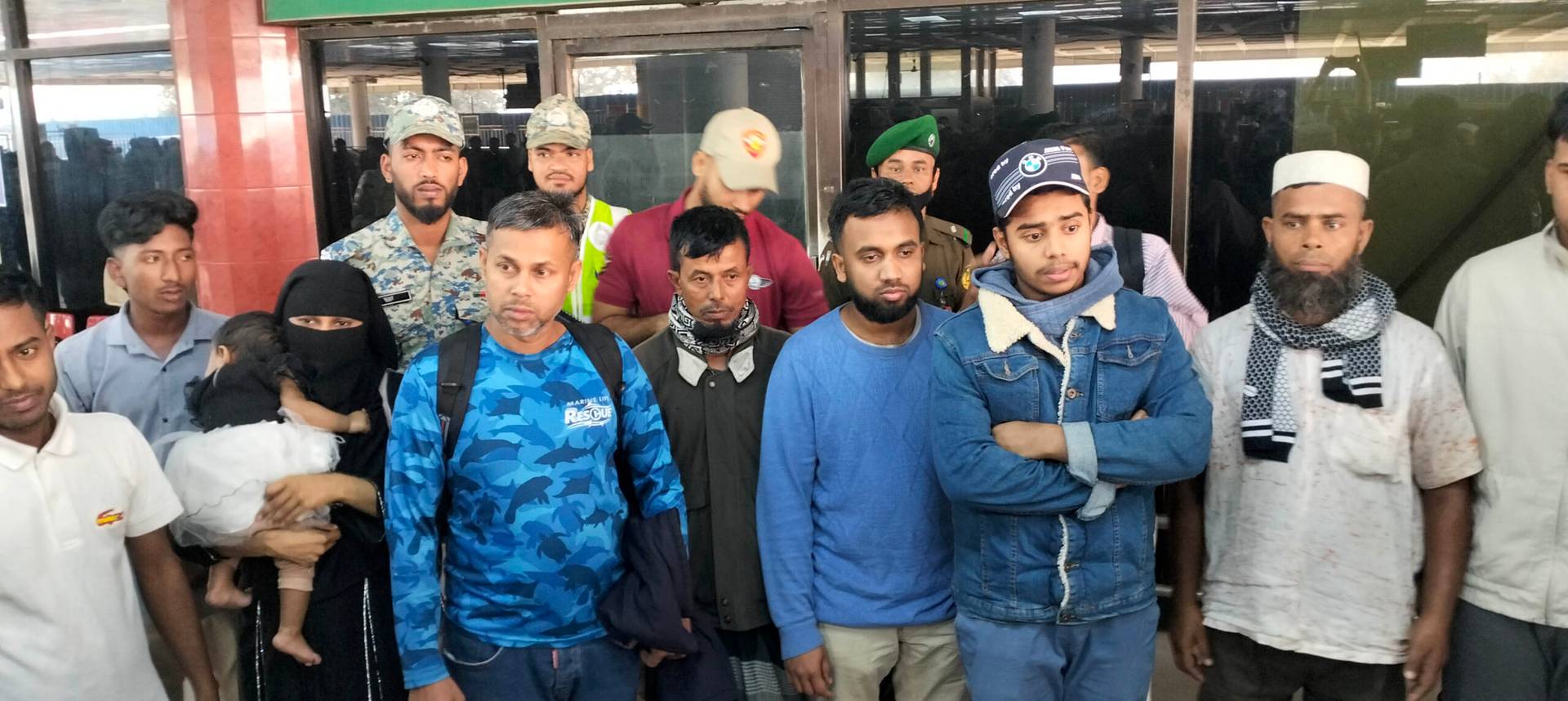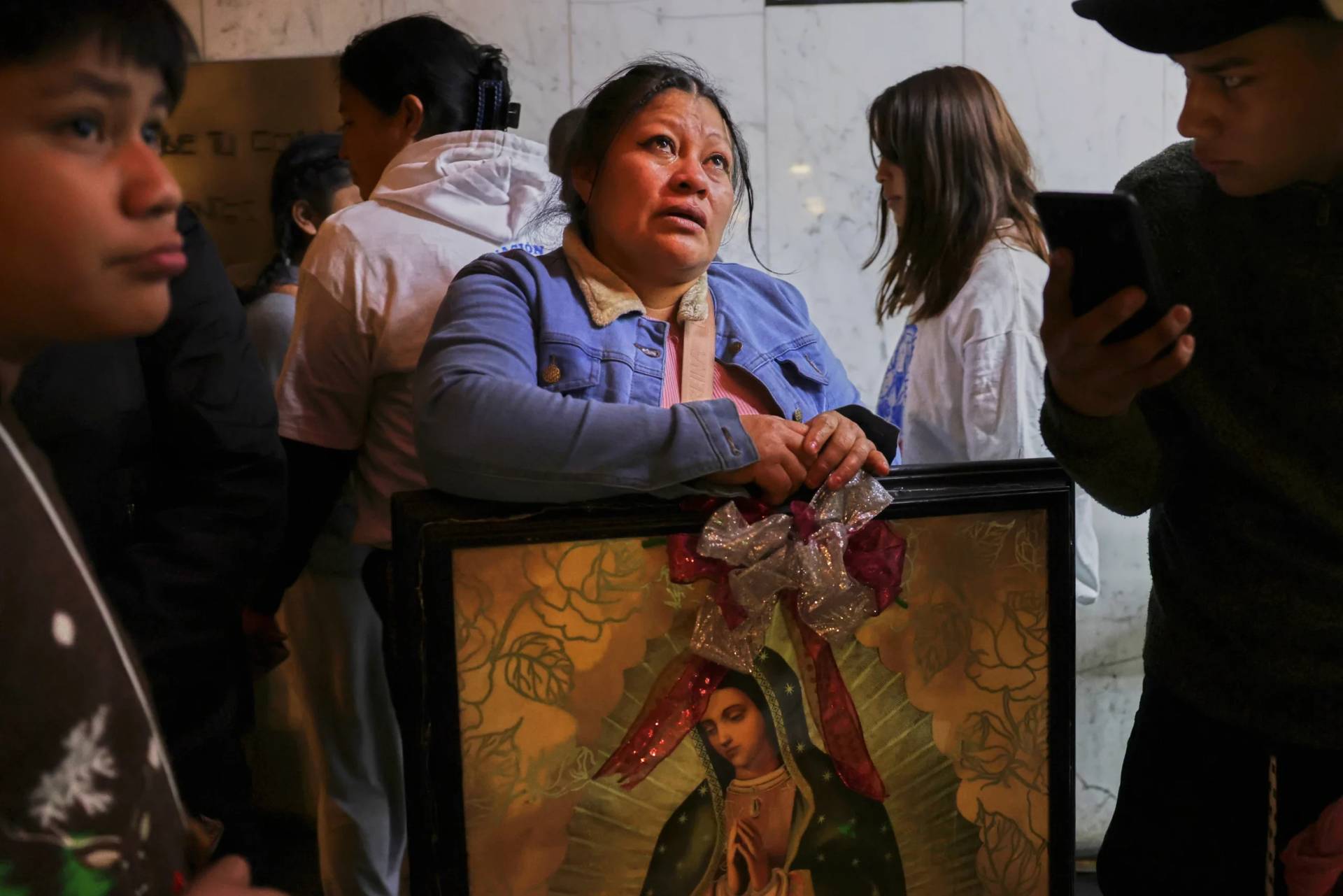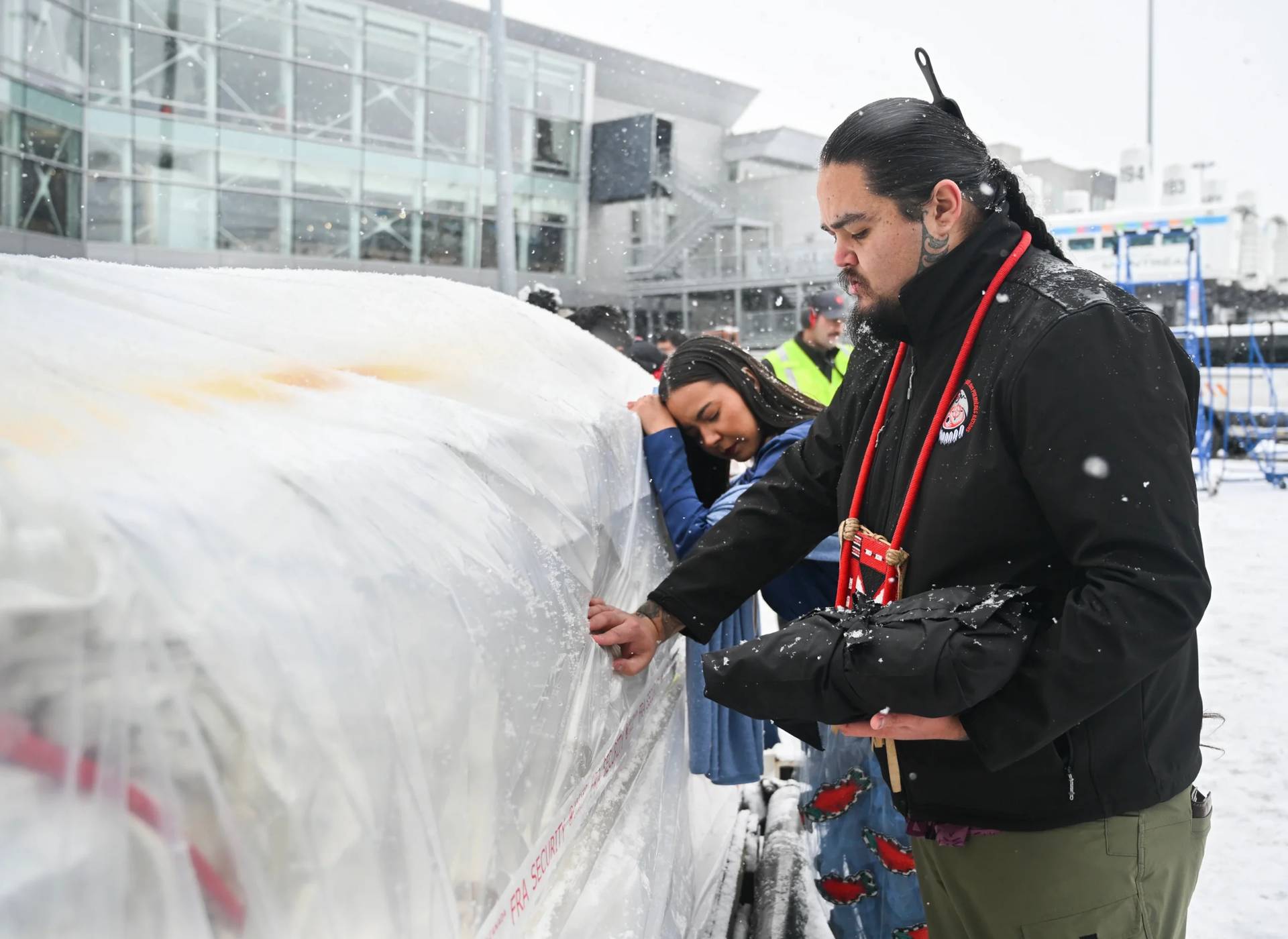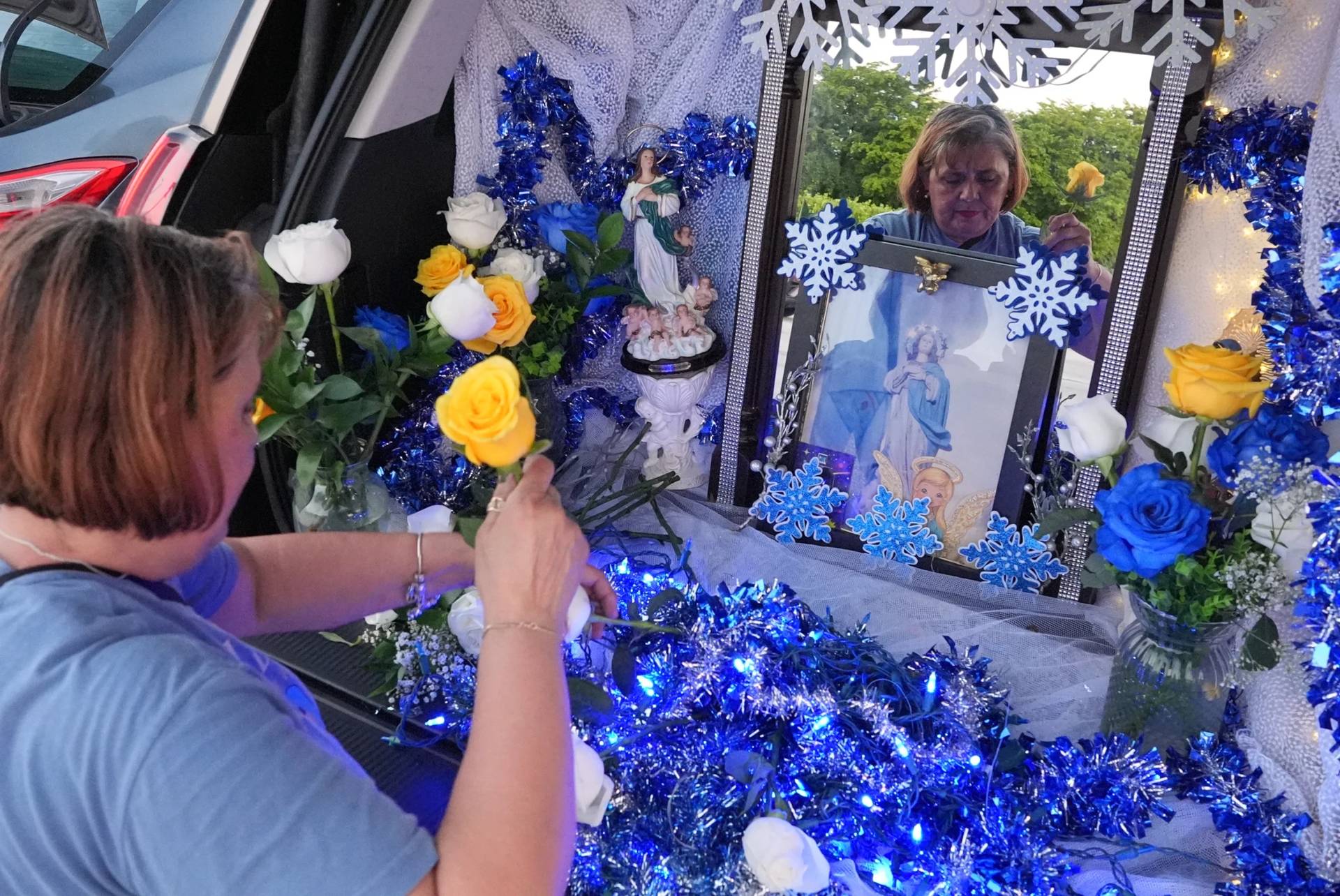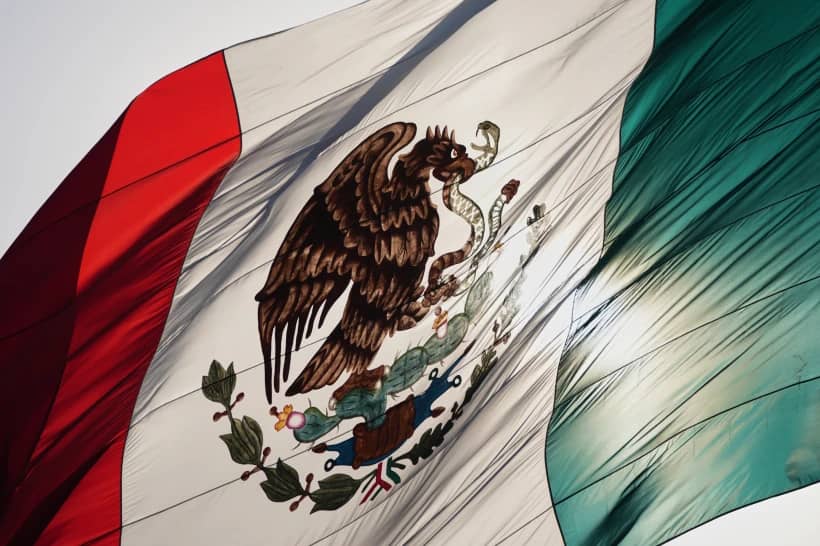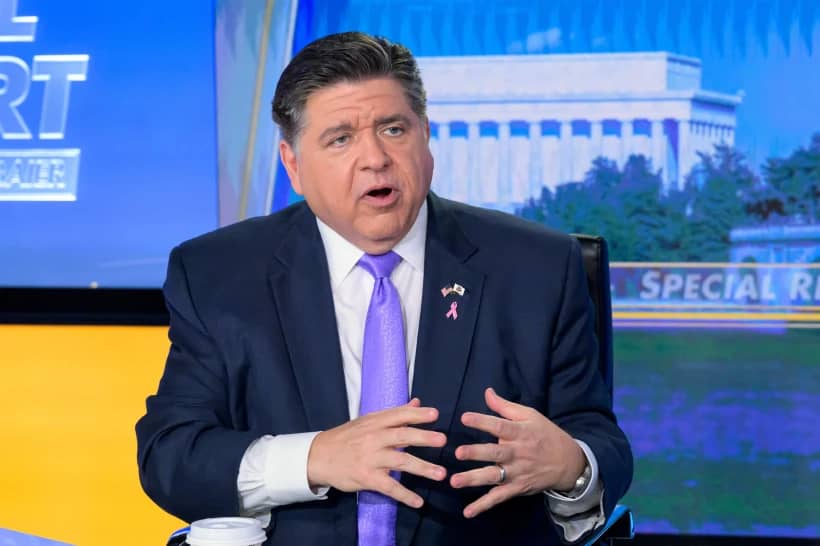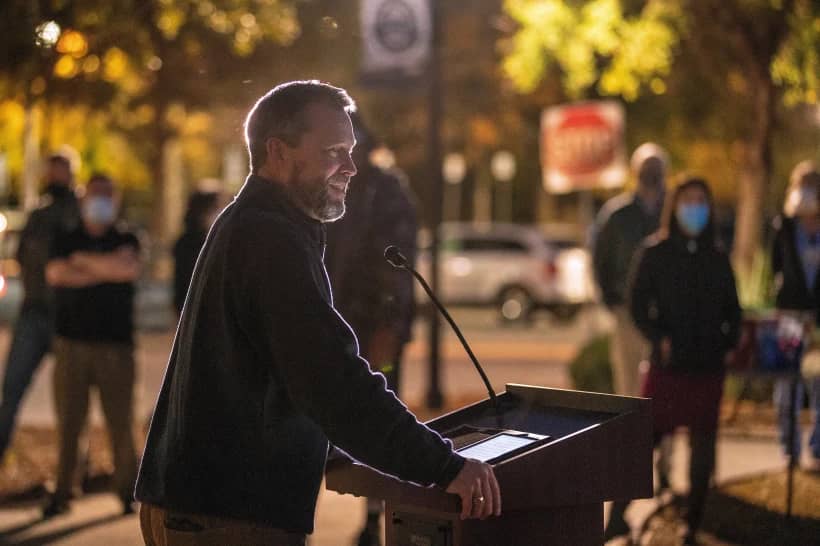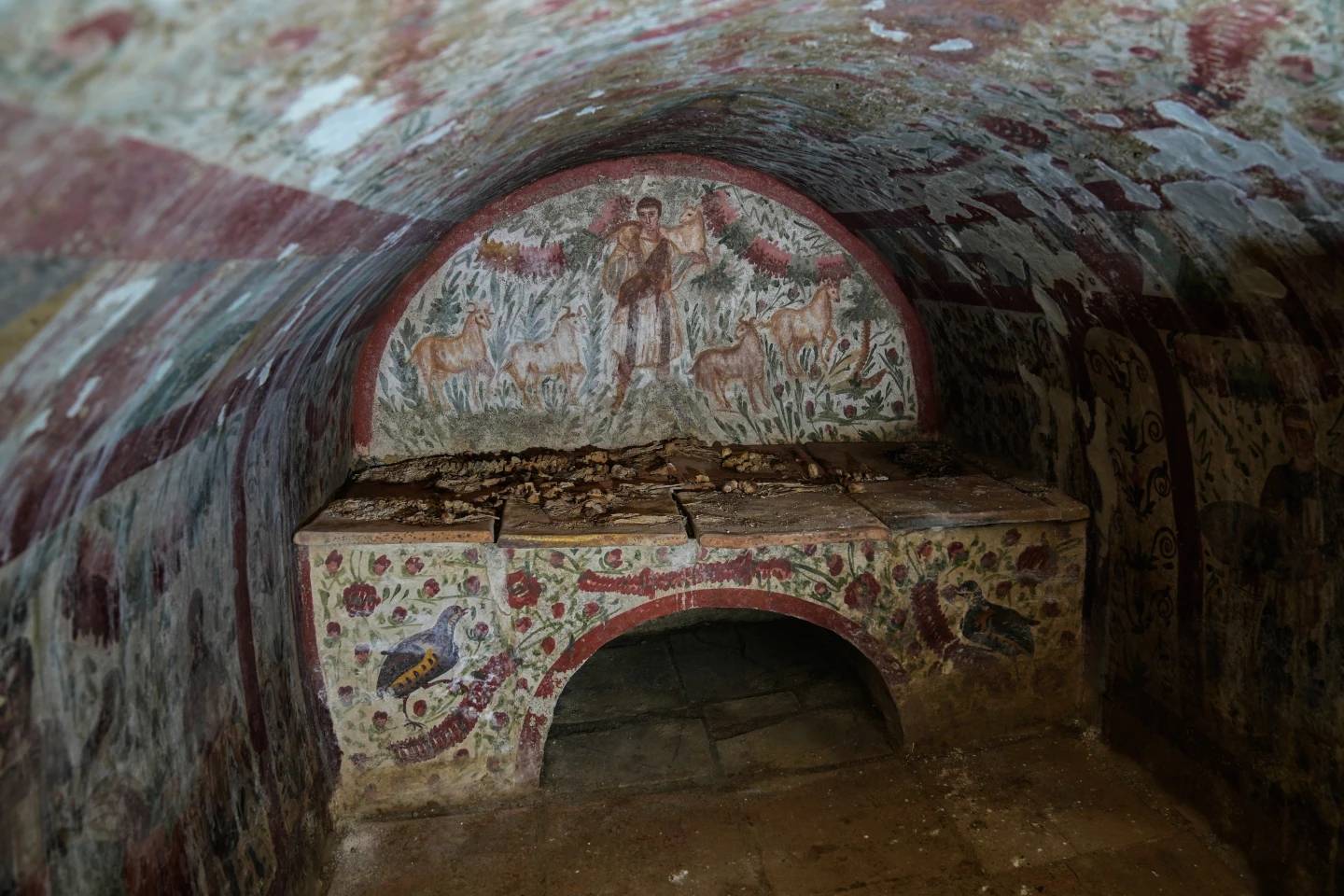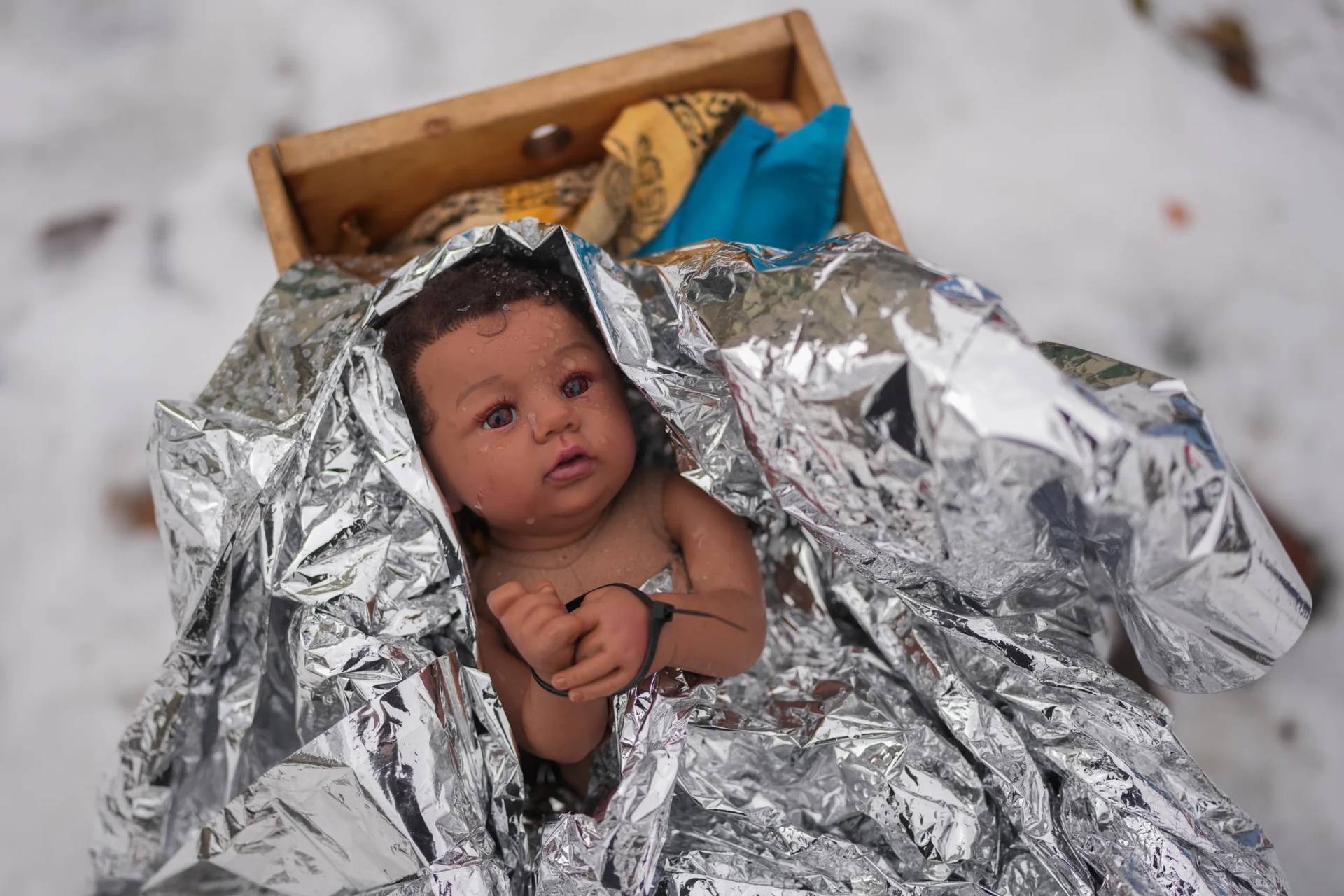In his latest book, ‘The Truth Sets Us Free,’ (Debate, 2025), which was presented Thursday, April 10, in Peru and is already a best-seller in some Lima bookstores, the Peruvian journalist Pedro Salinas recounts, with the rhythm of a thriller, the story of a long struggle in different spheres to bring the truth about the abuses of the Sodalitium Christianae Vitae (SCV) to light, culminating in an unprecedented and historic event: The suppression of this society of apostolic life of pontifical right.
Religión Digital: This latest publication, in the form of a personal chronicle and testimonial, what new features does it bring and what new contributions does it contain?
Salinas: Let me say up front that this is literally the last book I will write about the Sodalicio, as I’ve already published enough on this topic, and I believe I’ve done my job. As I said in the introduction: without intending to, I have spent more time as a journalist dedicated to this story (the last fifteen years, practically) than the seven years I served as a Taliban or a religious fascist in this movement founded by Lima native Luis Fernando Figari Rodrigo.
‘The Truth Sets Us Free’ is sort of an epilogue, or logbook, a very personal one, which recounts in detail the lengthy struggle undertaken by a group of journalists and survivors to expose the truth surrounding a totalitarian and toxic institution, with clearly sectarian characteristics, in which a culture of abuse was entrenched for more than four decades, operating with absolute impunity in Pery and everywhere else where it took root.
This book clearly establishes, through testimonies, recently made public prosecutor’s files, and a list of validated and verified facts, that the Sodalitium (and, consequently, its offshoots such as the Marian Community of Reconciliation, the Servants of the Plan of God, and the Christian Life Movement), perpetrated abuses of all kinds for decades until, finally, Father Jorge, or Pope Francis, decided to firmly intervene to suppress it and, in doing so, amputate a sick member of the Catholic Church.
Did you expect a result like the one announced by the Vatican?
The truth is, no. The suppression was an unimaginable scenario for anyone. The physical and psychological abuses of the Sodalitium have been known since former Sodalit José Enrique Escardó made them public in a courageous series of articles in a Lima weekly in 2000. These accusations continued in the following years through journalistic reports on television or complaints from parents who accused the institution of having ‘mentally kidnapped’ their children.
But the Sodalitium has always had the ability to weather its media crises, to avert them, and ensure they are forgotten. Until, together with my friend and colleague Paola Ugaz, after hearing the brutal testimony of sexual abuse suffered by the former Sodalit Alfonso Figueroa at the hands of the candidate for beatification, Doig Klinge (who died in 2001), we embarked on an investigation that began in 2010 and took us five years to document, but it was then that the sexual abuse of its main leaders came to light.
Pao’s meeting with Father Jorge, or Pope Francis, in November 2022, after the pandemic, was crucial. That empathetic connection, as well as the intervention of the Archbishop of Lima, Carlos Castillo Mattasoglio, and publications such as Half Monks, Half Soldiers, (Planeta, 2015), The Invisible Cage, (Debate, 2021), and ‘Without News from God’ (self-published, 2022), in addition to the combative and unwavering attitude of survivors such as José Enrique Escardó, Martín Scheuch, Óscar Osterling, Renzo Orbegozo, the brothers Martín and Vicente López de Romaña, among many others, and the role played by a segment of the local independent press and international media such as El País, portals such as Religión Digital and the North American Crux, and international agencies such as AP, among many other factors, nothing we are witnessing in this second would have been possible.
And something no less important: we are fortunate that the pope acted conscientiously and decisively. The Scicluna-Bertomeu Mission and the election of Sister Simona Brambilla as secretary and later prefect of the Dicastery for Institutes of Consecrated Life and Societies of Apostolic Life demonstrate Father Jorge’s commitment to the victims of the Sodalitium case. That did not happen to with the Legionaries of Christ.
Despite the imminent death and permanent disappearance of this society of apostolic life, some of its members, such as the priest Jaime Baertl and the journalist Alejandro Bermúdez, harshly criticize the work of the journalists who denounced the Sodalitium and have now turned against the future Commissioner, Monsignor Jordi Bertomeu Farnós. Are you concerned that the campaign against you, journalists and victims, will continue?
Honestly, no. These former Sodalits, and others who aren’t but play in tandem with them, have invented crazed and deranged narratives, claiming that this is all a conspiracy that dates back years, organized one morning in 2019, over beers, at the residence where Monsignor Bertomeu lives. That’s the level of madness and derangement they’ve reached, in denialist fashion. And of course, there are idiots (very few, it must be said), who are never lacking, who believe them or repeat them like cockatoos.
It’s true that the media campaigns to discredit and slanderous lawsuits, in which they’ve created judicial puppets to persecute us to infinity and beyond, will continue for quite some time. But I’m sure, as we’ve seen in reality, that if they persist, it’s very likely that this will backfire on them.
I wouldn’t be surprised if, by feverishly maintaining the siege against Pao and me, they force the resignation of one of more of our detractors from the clerical state, who now brazenly deny everything that is contrasted and corroborated in this latest book, which, incidentally, denotes the decree of sectarian madness and disturbance in which they find themselves. They don’t care either that this could affect the future of those suppressed ex-Sodalits, nor do they realize that it is precisely because of this type of cruelty against us that Father Jorge, in the meeting with Pao (in 2022), decided to act and send his Special Mission, precisely in July 2023, because a month earlier, in June, the attacks against the three journalists who dared to investigate this ‘hole mafia’ – Daniel Yovera, Paola Ugaz, and me – escalated exponentially.
Did being a Sodalit make your journalistic work easier?
Definitely. Describing and denouncing the cult phenomenon or the experience of a former cult follower is not a simple task. Fortunately, several of us find work in communication, art, or academia. The achievements of former coreligionists such as José Enrique Escardó, Martín Scheuch, Rocío Figueroa, Elise Allen, the brothers Martín and Vicente López de Romaña, Camila Bustamante, Óscar Osterling, and Álvaro Urbina – among the first names that come to mind – have been decisive. Explaining the toxic formatting and violations of fundamental rights in a sectarian movement that appears religious is not easy.
Only a former Sodalit, or a former Fraterna, or a former Servant, or a former member of the Christian Life Movement who has understood the traumatic experience they went through and has also developed skills in communication and transmission, is capable of making others understand that the Sodalitium and its founders were Catholic front organizations that hid absolutely totalitarian institutions behind Catholic labels. That, and the resilience of the victims, has been substantial. Because the story of the fall of the Sodalitium is, if you ask me, a portrait of the tenacity of the victims, the whistleblowers, and the journalists who decided to wage this grueling battle to the bitter end, like Tolkien’s hobbits.
What will the reader find in, ‘The Truth Sets Us Free’?
A personal testimony, as a former sectarian, as a journalist, as a whistleblower, as a survivor. And what it means to confront an organization with enormous economic and political power, in spheres as diverse as earthly justice or the twists and turns of the Peruvian Catholic Church and the Vatican curia. And that, thanks to the courage of all those who, little by little, broke their silence and joined this kind of crusade to find truth and justice, what seemed impossible was achieved.
You’ve said several times: ‘I’m agnostic thanks to the Sodalitium.’ After Pope Francis’s firm role in this story, which will undoubtedly be part of his legacy, are you still an agnostic?
Yes, perhaps that’s the only thing I owe the Sodalitium. My agnosticism remains intact. However, something in me has changed with this story. Now I say I’m a ‘papist agnostic’, because of Francis. This pope, about whom I’ve had various perceptions throughout his pontificate, both good and bad, has made me see that there are extraordinary people in the Catholic Church, who live the Jesus of the Gospels. They embody common sense, solidarity, and humanitarian traits that are truly admirable and exemplary. Not everyone is a rigorist, sectarian, or radical who dedicates themselves to offering Catholic membership cards only to those within their fold. There are those who distinguish between shades of gray and are tolerant of those who think differently, since the most important thing is the human person. Consequently, they go out of their way to do good for others, regardless of race or social status.
What Father Jorge has done in the Peruvian case has restored my faith – not in God – but in a church that could once again become a moral beacon amid so much polarization.
In this story of the fall of the Sodalitium, the book highlights the meek role played by many Peruvian bishops, including several accomplices of their misdeeds. You’ve discussed this on your YouTube programs and also here in the Dominican Republic. Do you think this will change in the future, after the dramatic end of the Sodalitium and its ramifications?
I’m not very optimistic about that, to be honest. I’ve always emphasized the extremely important role played on behalf of the victims by five bishops in this long and tortuous ordeal of accusations: Kay Schmalhausen (former Sodalit bishop), Carlos Castillo Mattasoglio, Pedro Barreto, Robert Prevost, and Reynaldo Nann. I have the lowest opinion of the rest. In fact, it was hope that after Miguel Cabrejos’s disastrous administration as president of the Peruvian Episcopal Conference (CEP), they would have learned their lesson, but no. They elected the gelatinous Carlos García Camader, another coward who follows the same line of conduct as the previous ones.
Here’s a case in point. Juan Luis Cipriani, the first cardinal in the history of Opus Dei, who had the nerve to ignore the penal precept applied to him and still in force, which obliges him not to appear at public events in the country of residence of the victim who accused him of abuse, with this characteristic arrogance and haughtiness, has insisted on correcting the bishops of Peru, asking them to rectify and apologize to him, suggesting that he is, in face, the true victim of an injustice. The truth is that the disciplinary measures against him exist and remain in force. The penal precept is not the result of a canonical process, but rather the existence of a fumus delicti (that is, a credible accusation where there is a high probability of a crime). This is why his letter of resignation was immediately accepted upon his 75th birthday. That his ‘triumphant return’ revictimized the complainant. And so on.
What did the Peruvian Episcopal Conference do in the face of this unjustifiable outburst from the Opus Dei cardinal? The same old story: nothing. Instead of a strong and categorical response from García Camader and his leadership, putting Cipriani in his place, the response has been shameful and intimidated silence. In short, the Peruvian bishops continue to have a serious problem of a lack of balls.
Anyway. For the record, the Cipriani scandal, which ended up being ‘collateral damage’ in the story of the fall of the Sodalitium, is also fully recounted in ‘The Truth Sets Us Free.’
This article was originally published April 11, 2025, in Spanish on Religion Digital.
